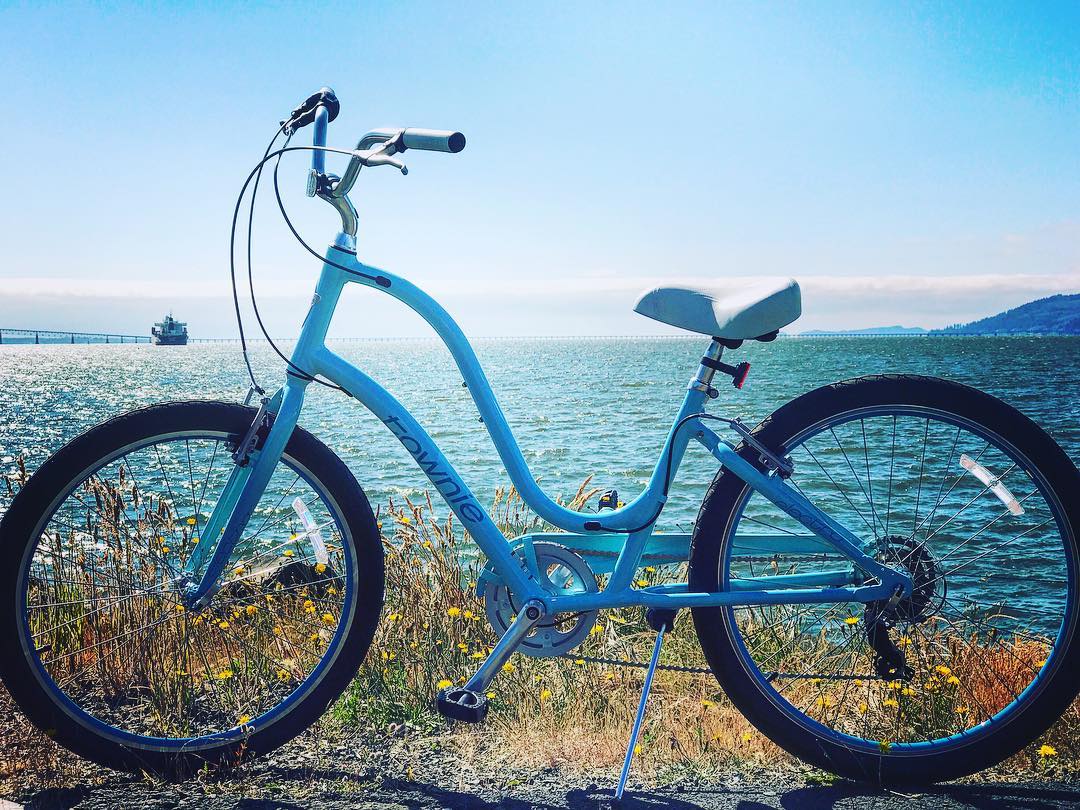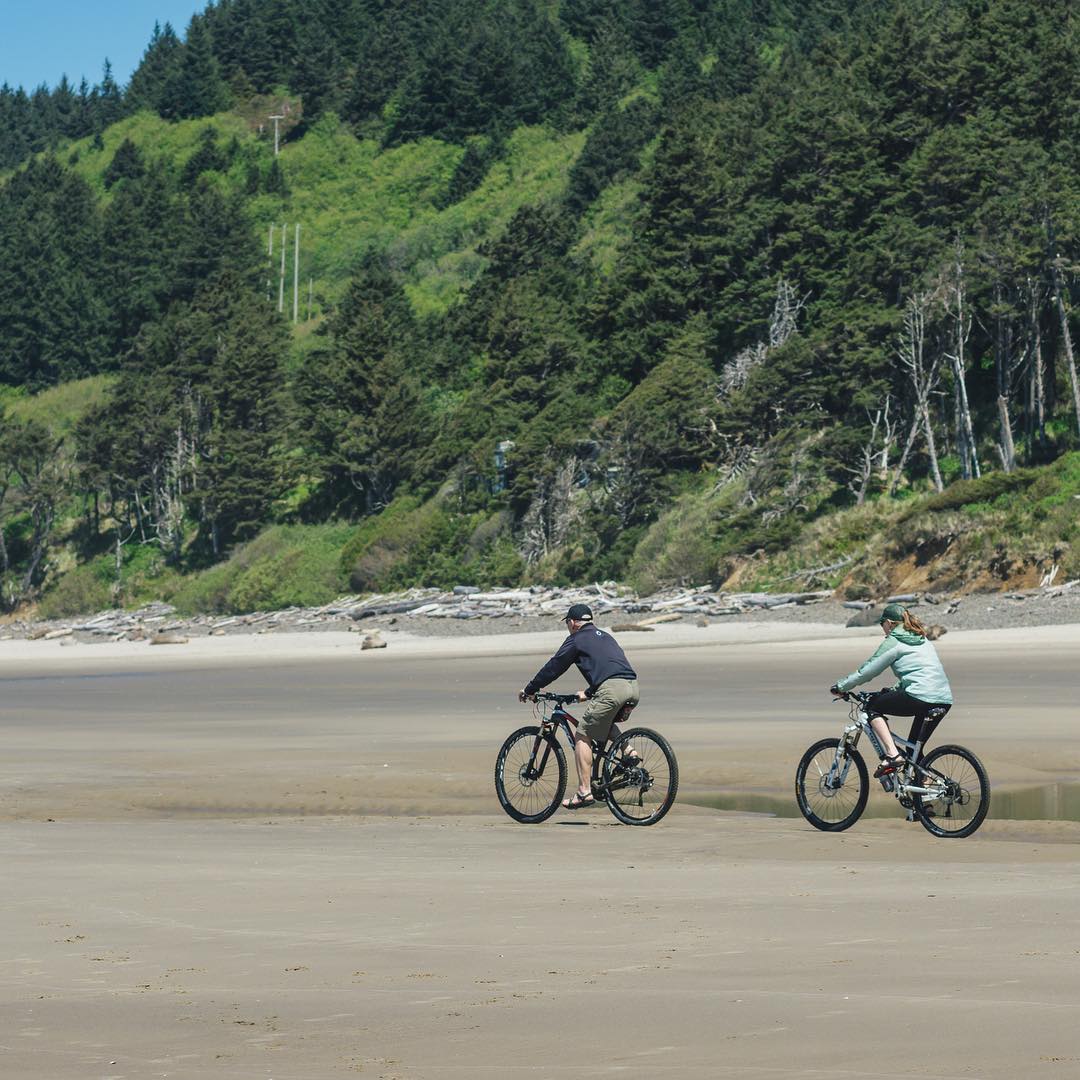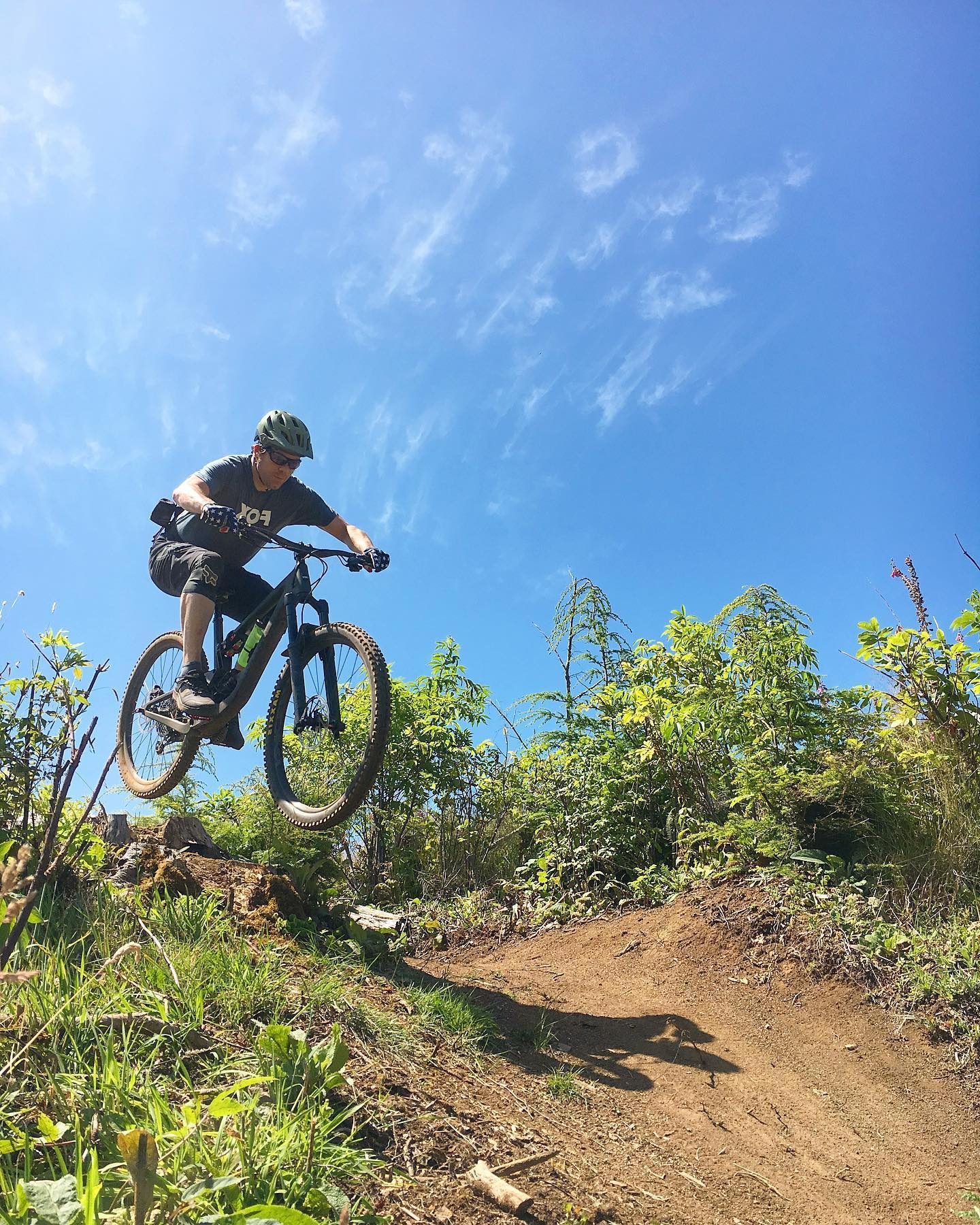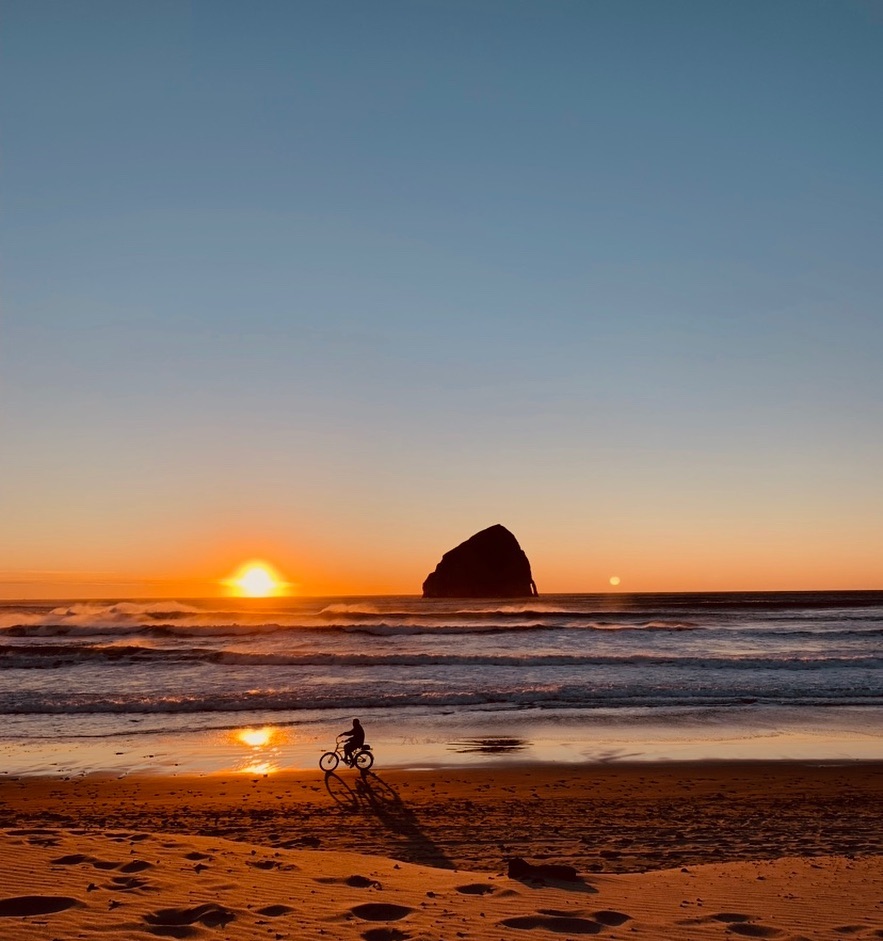Oregon CoastBike Trails
Getting around on two wheels here could mean in the backwoods or on sandy beaches, on curving coastal roads or paved town paths.

TIPS: DRIVING & BIKING SAFETY
Highway 101 is a designated scenic byway popular with motorists & cyclists. Find tips in the Driver’s Field Guide to Sharing Oregon’s Roads.
Before heading out, Tripcheck provides the latest on road regulations, conditions, and travel guidelines.
Love to Feel Like a Local?
Sign up for our newsletter and receive info known to North Coast locals.
FAQs: Oregon Coast Bike Trails
When it comes to Oregon Coast bike trails, a fat bike is often the best choice. These bikes feature oversized tires that provide better traction and stability on sandy and uneven terrain. The wider tires also help distribute the rider’s weight, preventing the bike from sinking into the sand.
Additionally, bikes with durable frames and good suspension systems can handle the rougher patches of beach and provide a smoother ride.
Preparing your bike for Oregon Coast bike trails involves a few key steps. First, ensure your tires are properly inflated and suitable for sand riding; fat tires are highly recommended. Lubricate your bike’s chain and gears to protect against the corrosive effects of saltwater and sand. It’s also a good idea to have your bike checked by a professional to ensure it’s in good working condition.
Bringing along a basic repair kit, including a pump, patch kit, and multi-tool, can help you handle any issues that arise during your ride.
Oregon Coast bike trails can be enjoyed year-round, but weather conditions vary significantly by season. Summer typically offers the best weather, with mild temperatures and less rain, making it ideal for biking.
Spring and fall can also be pleasant, though be prepared for occasional rain and cooler temperatures. Winter biking is possible but can be challenging due to higher rainfall, strong winds, and colder temperatures. Always check the weather forecast before heading out and dress in layers to stay comfortable in changing conditions.
Maintaining your bike for Oregon Coast bike trails involves a few special considerations. After riding, it’s crucial to rinse your bike with fresh water to remove salt and sand, which can cause rust and wear on metal components. Lubricate the chain and moving parts regularly to keep them functioning smoothly. Check your tires for wear and tear, as riding on sand can be hard on them. It’s also a good idea to periodically inspect your brakes and gears to ensure they’re in good working order.
When participating in Oregon Coast bike trails, safety is paramount. Always check the tide schedules to avoid getting caught by rising tides. Wear appropriate gear, including a helmet and reflective clothing, especially if you plan to ride near dusk or dawn. Be mindful of other beachgoers and wildlife, and ensure your bike is equipped for sandy terrain.







